Taxiphyllum M. Fleisch.
Java moss, Taiwan moss
Hypnaceae
Fontinalis and Vesicularia
Southeast Asia and (rarely) North America
(two species plus numerous cultivated unknowns)
Taxiphyllum alternans (Card.) Iwats.
T. barbieri (Cardot & Copp.) Z. Iwats.
information not available
free-floating or attached moss
Glossy, delicate, in thin to dense mats, yellowish green or yellowish brown; stems small, simple or irregularly branched; naked or ventralventral:
(adj) of the front of an organ or the side facing or nearest the axis (syn. adaxial) (compare dorsal); upper surface
 rhizoids dark brown. Pseudoparaphyllia (protective filaments found at branch bases) large, foliose, lanceolatelanceolate:
rhizoids dark brown. Pseudoparaphyllia (protective filaments found at branch bases) large, foliose, lanceolatelanceolate:
(adj) lance-shaped; widest point below the middle, tapering to the apex
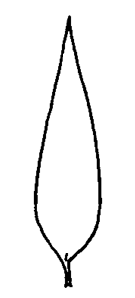 , in clusters on stem around branches. Stem and branch leaves similar; symmetric or asymmetric; bladeblade:
, in clusters on stem around branches. Stem and branch leaves similar; symmetric or asymmetric; bladeblade:
(n) (syn. lamina) the flat, expanded part of a leaf, frond, or petal (excluding, e.g., the petiole)
 ovateovate:
ovateovate:
(adj) egg-shaped in outline; generally with the broad end at or near the base
 , ovateovate:
, ovateovate:
(adj) egg-shaped in outline; generally with the broad end at or near the base
 -lanceolate, or oblongoblong:
-lanceolate, or oblongoblong:
(adj) two to four times longer than wide, with +/- parallel sides
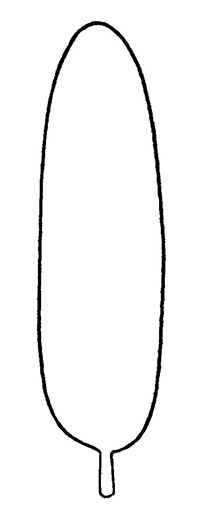 - lanceolatelanceolate:
- lanceolatelanceolate:
(adj) lance-shaped; widest point below the middle, tapering to the apex
 ; apexapex:
; apexapex:
(n) the point farthest from the point of attachment; the tip (often pointed)
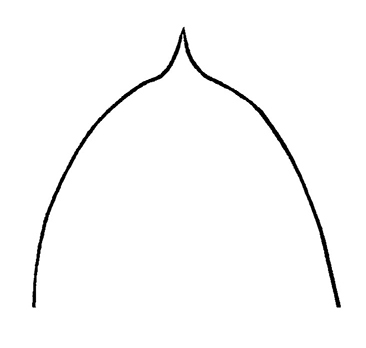 acuminate, frequently twisted; margins serrulateserrulate:
acuminate, frequently twisted; margins serrulateserrulate:
(adj) minutely serrate
 , entireentire:
, entireentire:
(adj) having a continuous margin that is not toothed or lobed
 below; costacosta:
below; costacosta:
(n) midvein of leaf or pinna or rachis of pinnately compound leaf
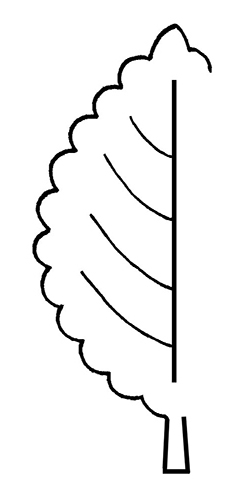 double, short, one often slightly longer. Dioicousdioicous:
double, short, one often slightly longer. Dioicousdioicous:
(adj) having male and female organs on different plants
 , rarely fruiting; perigonia (modified leaves around the antheridiaantheridium:
, rarely fruiting; perigonia (modified leaves around the antheridiaantheridium:
male reproductive organ that produces gametes; a single cell in fungi and algae, multicellular in ferns, mosses, and vascular plants
) rarely present; perichaetia (leaves surrounding archegoniumarchegonium:
(n) the female reproductive organ in mosses and ferns
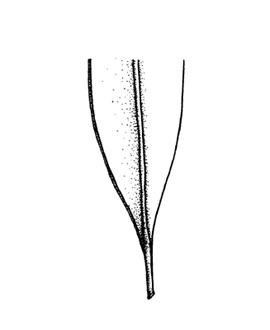 ) numerous, lanceolatelanceolate:
) numerous, lanceolatelanceolate:
(adj) lance-shaped; widest point below the middle, tapering to the apex
 to ovateovate:
to ovateovate:
(adj) egg-shaped in outline; generally with the broad end at or near the base
 -lanceolate, acuminateacuminate:
-lanceolate, acuminateacuminate:
(adj) tapering gradually to a point and forming more or less concave sides
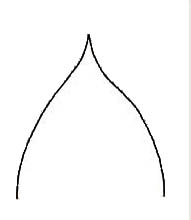 ; seta smooth, long, usually twisted, yellowish brown, becoming red with age. Capsules yellowish brown to reddish brown; operculumoperculum:
; seta smooth, long, usually twisted, yellowish brown, becoming red with age. Capsules yellowish brown to reddish brown; operculumoperculum:
(n) a cap-like covering or lid on some flowers or fruits that becomes detached at maturity by abscission
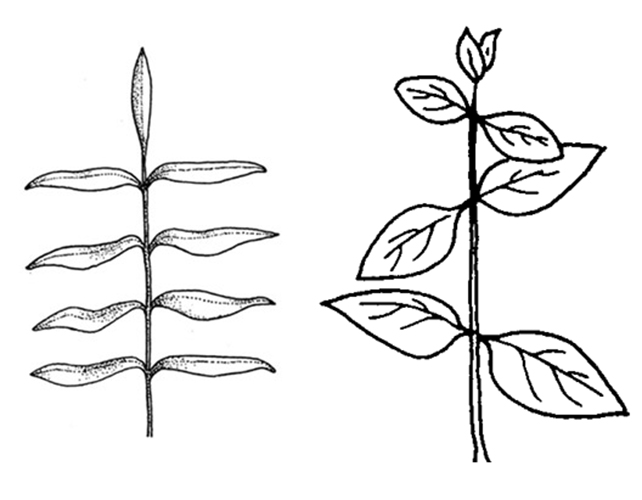 obliquely rostrate; annulus persistentpersistent:
obliquely rostrate; annulus persistentpersistent:
(adj) (of leaves etc,) remaining attached; not being dropped or falling off
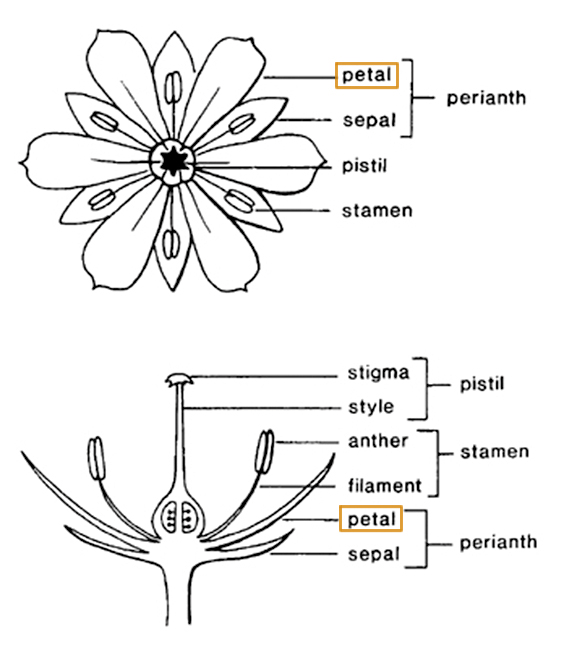 , 2 rows of cells; peristomeperistome:
, 2 rows of cells; peristomeperistome:
(n) in some mosses and fungi, teeth-like structures surrounding the mouth of the capsule
 perfect, endostomeendostome:
perfect, endostomeendostome:
(n) the inner portion of the peristome
 with 2-3 cilia; enlarged archegoniumarchegonium:
with 2-3 cilia; enlarged archegoniumarchegonium:
(n) the female reproductive organ in mosses and ferns
 cucullatecucullate:
cucullatecucullate:
(adj) hooded or hood-shaped
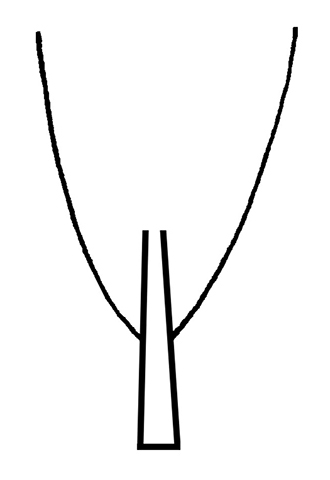 , white to yellow, caducouscaducous:
, white to yellow, caducouscaducous:
(adj) falling off easily or at an early stage
 ; spores globoseglobose:
; spores globoseglobose:
(adj) spherical or nearly so
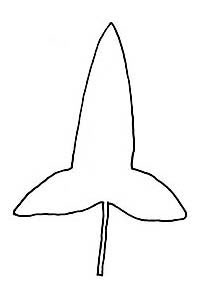 to ovoidovoid:
to ovoidovoid:
(adj) egg-shaped in three dimensions
 , smooth or minutely papillosepapillose:
, smooth or minutely papillosepapillose:
(adj) bearing papillae
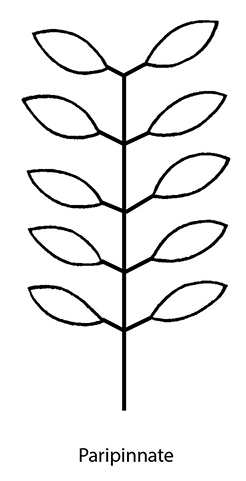 .
.
on soil or humus beside streams and rivers, or in bogs or swampy places
Within this genus of 59 accepted species, Taxiphyllum Barbieri is a very popular aquarium moss because it is a rapid grower and easy to maintain. It is often erroneously named Glossadelphus zollingeri (Müll. Hal.) M. Fleisch. or Vesicularia dubyana (Müll. Hal.) Broth and is often found growing in association with Microsorum pteropus (Blume) Copel.
Taxiphyllum is often more delicate in appearance than Fontinalis and Vesicularia. The leaves of Taxiphyllum lack a keelkeel:
(n) a sharp crease or ridge
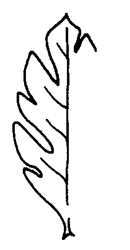 and a decurrentdecurrent:
and a decurrentdecurrent:
(adj) extending downward, beyond the point of insertion
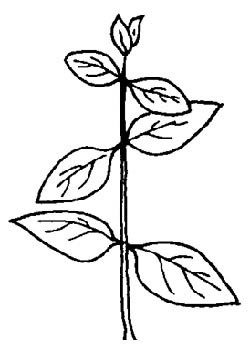 base, but have a short and double costacosta:
base, but have a short and double costacosta:
(n) midvein of leaf or pinna or rachis of pinnately compound leaf
 , often with one branch being longer.
, often with one branch being longer.
Vesicularia and Taxiphyllum are similar in both gametophytic and sporophytic characteristics, making the two very difficult to distinguish. Vesicularia is often more pinnately branched, while Taxiphylllum is irregularirregular:
(adj) asymmetrical
 , but again this feature is variable depending on growing conditions.
, but again this feature is variable depending on growing conditions.